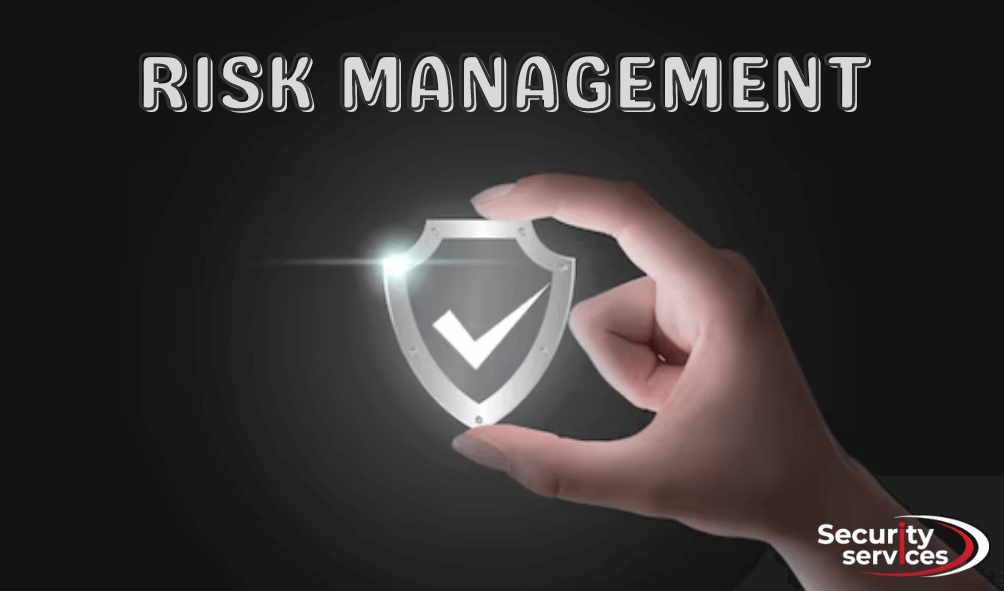In an era where security threats are dynamic and diverse, organizations must adopt proactive and strategic approaches to safeguard their assets, people, and information. Security risk management serves as a crucial framework for identifying, assessing, and mitigating potential risks, ensuring the resilience of an organization. This practitioner’s guide aims to provide insights and practical steps for implementing effective security risk management.
Comprehensive Risk Assessment
Begin by conducting a comprehensive risk assessment to identify and analyze potential threats. This includes evaluating physical risks, such as natural disasters or security breaches, as well as cyber threats and vulnerabilities. Engage stakeholders from different departments to gain a holistic view of the organization’s risk landscape.
Establish Clear Objectives
Define clear and measurable security objectives aligned with the organization’s overall goals. Whether the focus is on protecting sensitive data, ensuring employee safety, or safeguarding physical assets, having well-defined objectives provides a roadmap for effective security risk management.
Risk Identification and Classification
Identify and classify risks based on their potential impact and likelihood of occurrence. Categorize risks into different domains, such as operational, financial, reputational, and regulatory. This classification helps prioritize the most critical risks that require immediate attention and mitigation efforts.
Develop a Risk Treatment Plan
Once risks are identified, create a risk treatment plan that outlines specific strategies for mitigating or managing each risk. This plan should include preventive measures, contingency plans, and response strategies. Collaborate with relevant departments to ensure that the risk treatment plan is practical and aligns with the organization’s overall objectives.
Embrace Technology for Security Monitoring
Leverage advanced technologies for continuous security monitoring. Implementing surveillance systems, intrusion detection systems, and cybersecurity tools provides real-time insights into potential threats. Automated monitoring enables swift responses, reducing the impact of security incidents.
Employee Training and Awareness
Invest in employee training and awareness programs to build a security-conscious culture within the organization. Educate employees about the potential risks they may encounter, the importance of adhering to security protocols, and their role in maintaining a secure environment.
Regular Security Audits and Reviews
Regular security audits should be performed to assess the effectiveness of existing security measures. Access controls, cybersecurity standards, and physical security measures are all being reviewed. Periodic reviews help identify emerging risks and ensure that security measures remain aligned with the evolving threat landscape.
Collaborate with External Partners
Security risk management extends beyond organizational boundaries. Collaborate with external partners, such as law enforcement agencies, cybersecurity experts, and industry peers, to stay informed about emerging threats and best practices. Building a network of collaborators enhances the overall security posture of the organization.
Incident Response Planning
Create a comprehensive incident response plan outlining the measures to be taken in the case of a security incident. Communication methods, escalation procedures, and recovery techniques should all be included in this plan. Test and update the incident response strategy regularly to guarantee its efficacy.
Continuous Improvement and Adaptation
Risk management security in Melbourne is an ongoing procedure that must be constantly improved. Reassess the risk landscape regularly, update risk treatment strategies, and change security measures to address evolving threats. To achieve greater security, adopt an approach of constant learning and evolution.
In conclusion, our 24/7 security services in Melbourne are a dynamic and multifaceted endeavor that requires strategic planning, collaboration, and a commitment to continuous improvement. By following this practitioner’s guide, organizations can navigate the complex terrain of security risks with confidence, ensuring the resilience and sustainability of their operations in an ever-changing security landscape.

